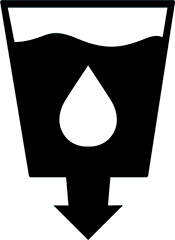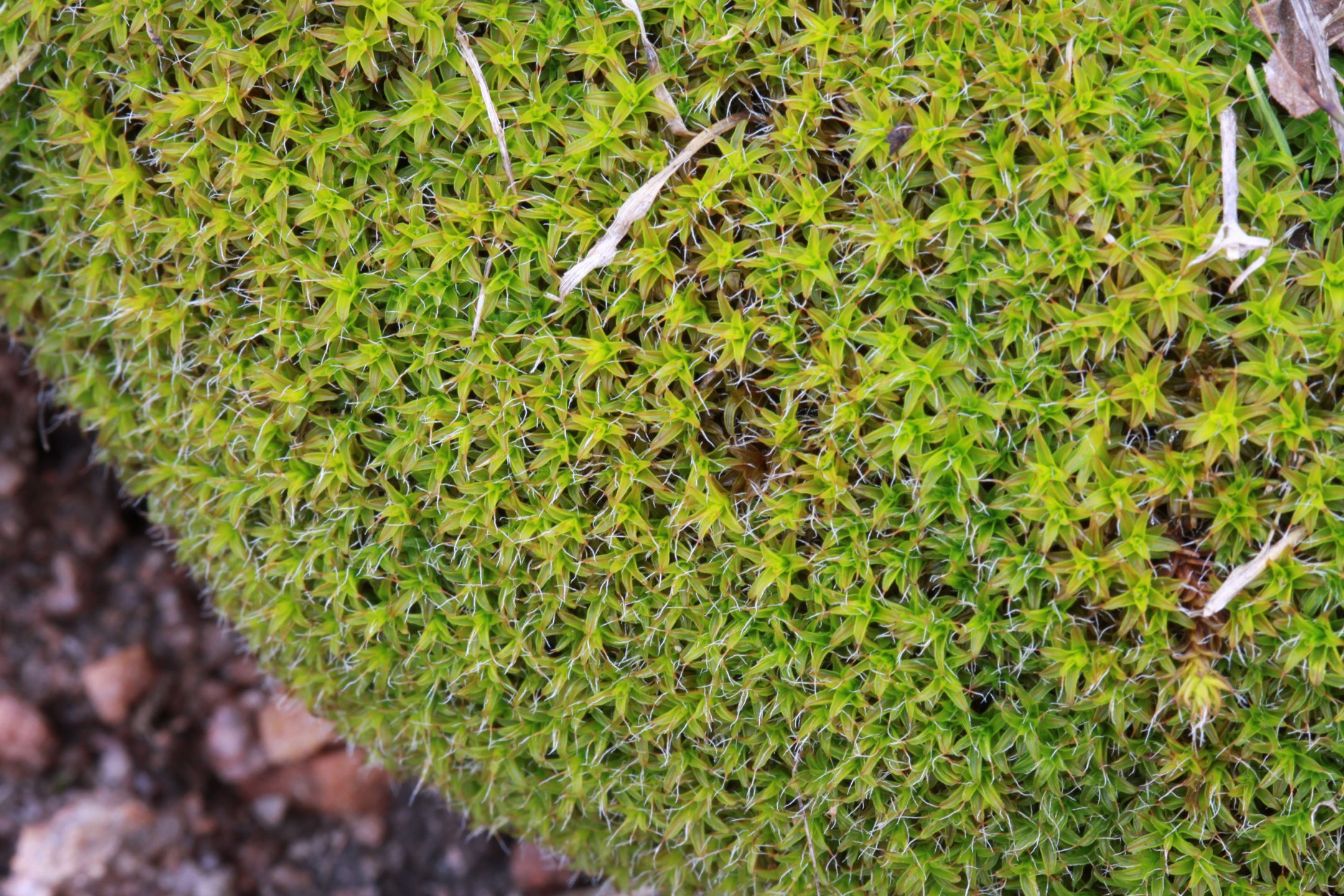Second Place - High School
UN Sustainable Development Goals Addressed
-

Goal 6: Clean Water & Sanitation
-

Goal 12: Responsible Production & Consumption
2022 Youth Design Challenge
This design concept was developed by participants in the Institute’s Youth Design Challenge. The descriptions below are from the team’s competition entry materials.
School: Fryeburg Academy
Location: Fryeburg, Maine, USA
Coach: Jennifer Richardson
Team members: Bueri Yoon, Daryna Serediuk, Gege Liu, Kyungyoon Lee, May Shin, Yungyeong Jung
Video Pitch

Innovation Details
With clean water becoming less accessible throughout the planet and bottled water consumption increasing plastic pollution, FA Biomimicry Challengers, a group of students from Maine, developed a water harvesting device to help. The Syntrichia Hydrotrap is portable, attaches to any reusable water bottle, and uses a unique structure to capture moisture in the air. By mimicking the awns of desert moss (Syntrichia caninervis), the design concept uses water pumps to collect water droplets through barbs and grooves. The water is channeled along a hydrophobic surface material inspired by textures used by the Texas horned lizard and Cicada wings. The Syntrichia HydroTrap can be used across climates, offering a solution to areas experiencing droughts and reusable alternatives to aid the plastic pollution problem.
What is the problem your team solved for this challenge? What is the problem addressed? How is the problem connected to the selected SDG?
The problem we focus on is the shortage of accessible clean water and plastic pollution caused by the overuse of consumptive plastic water bottles. As the world population grows rapidly, the storage of accessible clean water fails to meet its demand. People gain water resources from unscrupulously depleting ground and surface water, which leads to serious environmental damage. On the other hand, people’s daily habit to purchase water induces the overproduction of plastic water bottles, which alerts us to sustainability issues. The disposal of all those plastic bottles eventually results in irreversible plastic pollution that dramatically increases CO2 emissions.
How was your solution inspired by nature? What (at least two) organisms did you learn from? How effectively did you combine the biological strategies for the final design?
We created a water pump that resembles the awn of Syntrichia Caninervis, which collects elliptical water droplets through barbs and grooves. The water channel is inspired by the skin of Texas Horned Lizards. By inserting them, water droplets will slide straight down to the container along a hydrophobic surface, which is developed from the structure of Cicada wings. This is a nanopillar surface that increases the momentum of water droplets on the interior side and controls contamination from dirt and bacteria from the exterior side. Furthermore, the foldability of the device is based on the structure of the earwig wings.
What does your design solution do? How does it solve or mitigate the problem you selected? How did what you learn inform your design?
While foldability allows Syntrichia HydroTrap to be portable and easily operated by individuals and households, water pumps and water channels maximally capture moisture in the air and efficiently transport water to the container. Covered with nanopillars, the HydroTrap is waterproof, dirt-proof, and bacteria-proof when folded. By creating a water-harvesting device that can be used whenever and wherever, anyone can conserve water on a daily basis and abandon the usage of plastic water bottles. With a consistent effort, the application of the HydroTrap will mitigate the shortage of accessible clean water and sustainability issues brought by the overproduction of plastic bottles.

